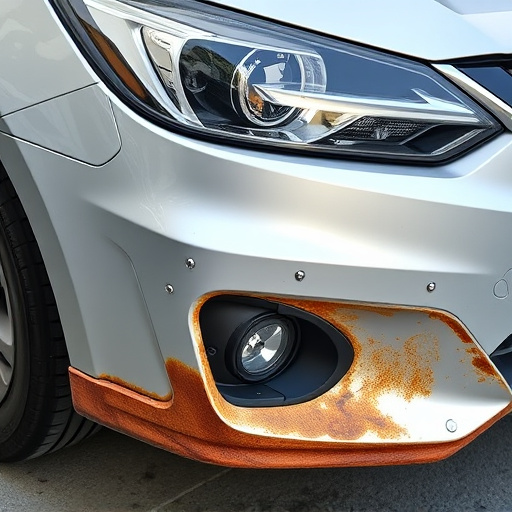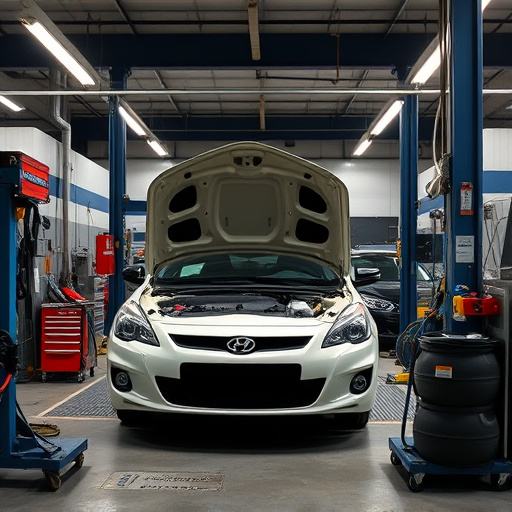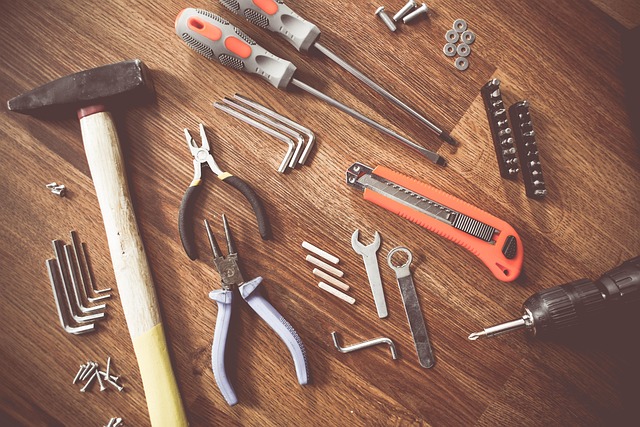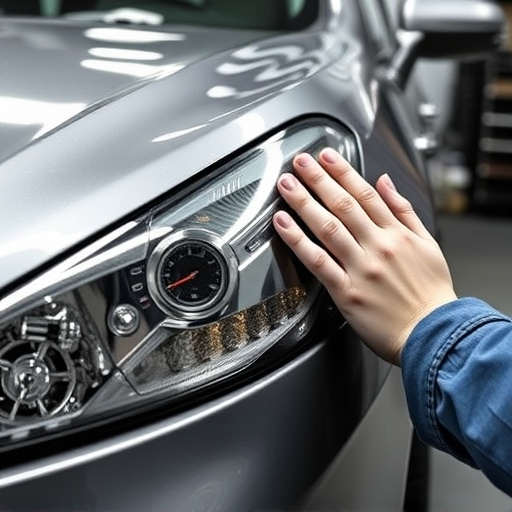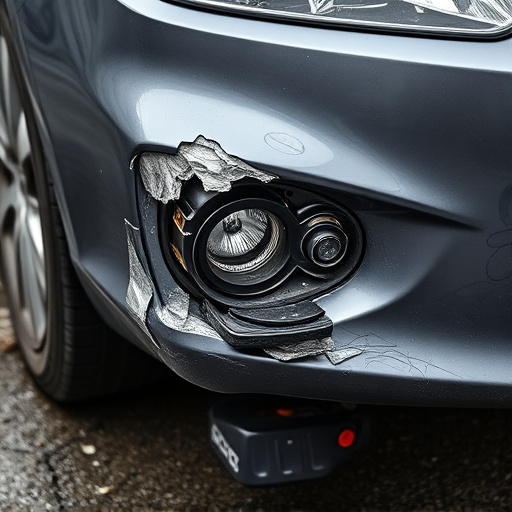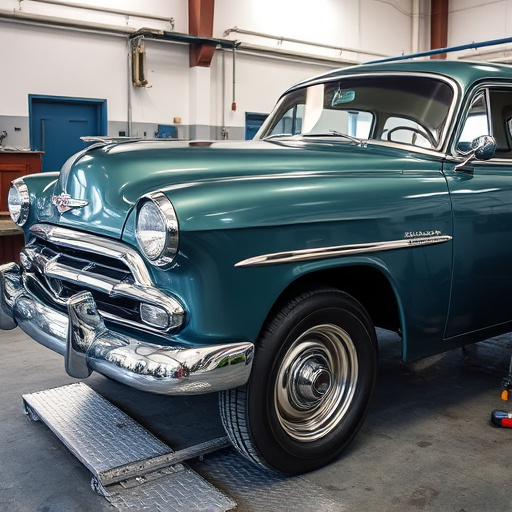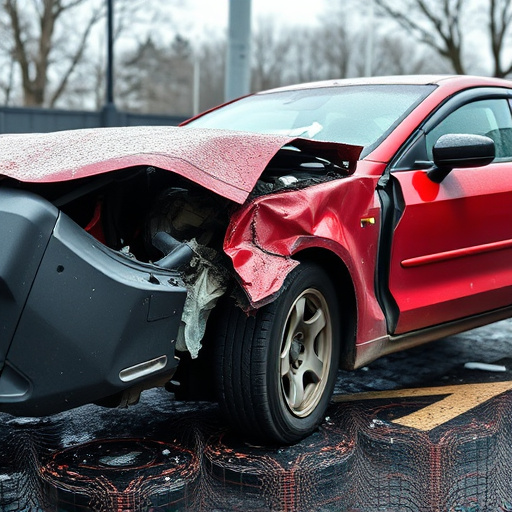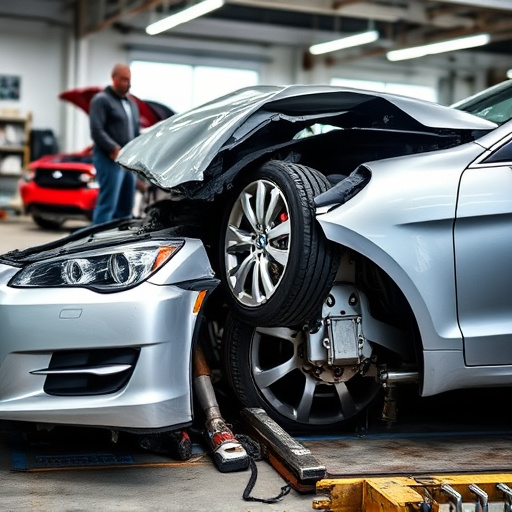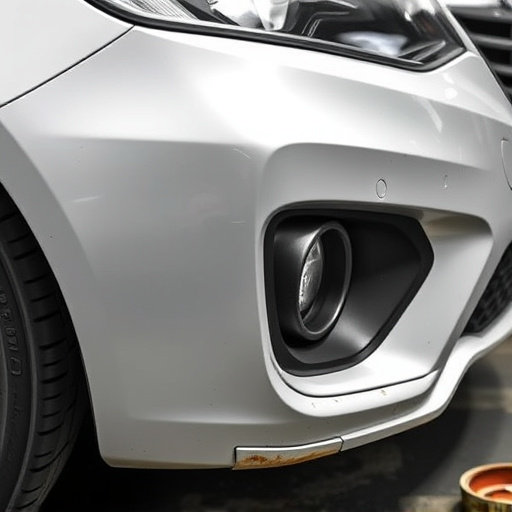Digital transformation has streamlined the repair approval process for car bodywork, restoration, and paint repair services, making it faster, more efficient, and accurate. Traditional manual methods have been replaced by digital tools offering a centralized platform for insurers, mechanics, and customers to access real-time info, submit claims, and attach images/videos easily. This automates documentation, enabling quicker approvals or denials and reducing delays common in paper-based systems. Digital solutions enhance transparency and communication among stakeholders, improving efficiency in automotive collision repair with faster turnaround times, better customer satisfaction, and reduced paperwork errors.
Digital tools are revolutionizing the repair approval process, enhancing efficiency across industries. This article explores how technology streamlines manual tasks, accelerating decision-making and improving overall productivity. By automating data entry, document management, and communication, digital platforms increase transparency and foster better collaboration among stakeholders. These innovations not only save time but also reduce errors, ensuring repairs are approved accurately and promptly, thereby optimizing resource allocation and customer satisfaction.
- Digital Tools: Streamlining the Repair Approval Process
- Automating Manual Tasks for Faster Decisions
- Enhancing Transparency and Communication with Digital Platforms
Digital Tools: Streamlining the Repair Approval Process

The digital transformation has brought about a significant revolution in the way we approach and manage various processes, and the repair approval process is no exception. Digital tools have streamlined this crucial step, ensuring faster, more efficient, and accurate assessments for car bodywork services, car body restoration, and car paint repair. With traditional methods often involving lengthy paperwork and manual verification, digital solutions offer a much-needed upgrade.
These innovative tools provide a centralized platform for all stakeholders involved in the repair process. Insurers, mechanics, and customers can now access real-time information, submit digital claims, and attach relevant images or videos with ease. This not only reduces administrative burdens but also facilitates faster decision-making. By simplifying the documentation process, these tools allow for quicker approval or denial of repairs, minimizing delays that often occur in traditional paper-based systems.
Automating Manual Tasks for Faster Decisions

The traditional repair approval process often relied heavily on manual tasks, from filling out paperwork to reviewing estimates and coordinating with insurers. These steps could lead to delays, as each involves multiple parties and requires careful consideration. Digital tools step in to revolutionize this landscape by automating these very tasks, significantly streamlining the entire repair approval process.
By implementing digital solutions, auto body shops can now automate data entry, ensuring accuracy and saving time. Digital platforms allow for seamless communication between insurers, shop managers, and technicians, enabling faster decision-making. For instance, digital systems can automatically generate quotes based on standardized pricing and parts lists, reducing manual effort and potential errors in automotive collision repair and car body restoration. This efficiency boost translates to quicker turnaround times for car bodywork repairs, leaving customers satisfied with a more efficient and effective process.
Enhancing Transparency and Communication with Digital Platforms

Digital tools have transformed the repair approval process, enhancing transparency and communication among all stakeholders. Online platforms facilitate real-time access to vehicle assessments, repair estimates, and progress updates, ensuring everyone involved is on the same page. For instance, a fender repair or car body restoration estimate can be easily shared electronically, complete with detailed descriptions of parts and labor costs. This digital approach eliminates the need for manual file transfers and reduces the risk of paperwork errors.
Furthermore, these platforms enable efficient internal communication between mechanics, insurance adjusters, and approvers. Through secure messaging and collaborative document sharing, teams can discuss complex cases, provide second opinions, and make informed decisions swiftly. This streamlined process not only expedites the repair approval process but also improves customer satisfaction by providing clear visibility into their vehicle’s restoration, such as in collision repair services.
Digital tools have significantly transformed the repair approval process, making it more efficient and transparent. By automating manual tasks, these tools expedite decision-making, reducing turnaround times. Enhanced communication platforms facilitate better collaboration between stakeholders, ensuring everyone involved has access to real-time updates. In today’s digital era, these innovations are revolutionizing the way repairs are approved, leading to improved customer satisfaction and overall operational efficiency.
